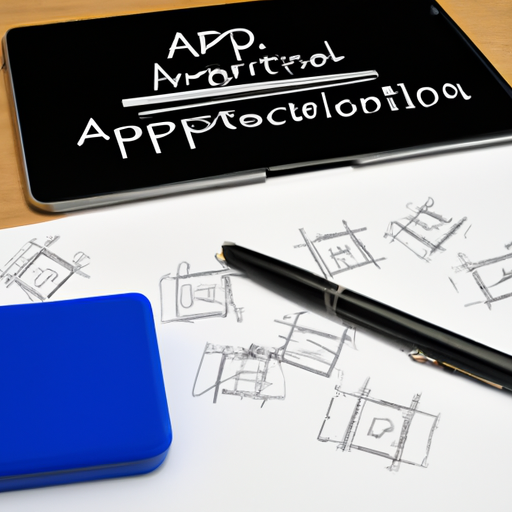Application Development in Distance Measuring for CFR-25JB-52-13K: Key Technologies and Success Stories
Developing applications for distance measuring in aviation, particularly in compliance with CFR-25JB-52-13K, involves integrating various advanced technologies to ensure safety, efficiency, and regulatory compliance. Below is a detailed overview of the key technologies involved and notable success stories that highlight their application in distance measuring systems.
Key Technologies
| 1. Global Navigation Satellite Systems (GNSS) | |
| 2. Inertial Navigation Systems (INS) | |
| 3. Laser Rangefinders | |
| 4. Ultrasonic Sensors | |
| 5. Radar Technology | |
| 6. Computer Vision and Machine Learning | |
| 7. Mobile and Cloud Computing | |
| 8. Augmented Reality (AR) | |
| 1. Air Traffic Management Systems | |
| 2. Obstacle Detection Systems | |
| 3. Drone Navigation | |
| 4. Enhanced Ground Support Equipment | |
| 5. AR Applications for Pilot Training | |
| 6. Smart Airports |
Success Stories
Conclusion
The development of distance measuring applications in aviation, particularly in compliance with CFR-25JB-52-13K, relies on a combination of advanced technologies that enhance safety, efficiency, and operational effectiveness. The success stories across various sectors illustrate the potential of these technologies to revolutionize aviation practices. As technology continues to evolve, further innovations in distance measuring applications are anticipated, paving the way for even greater advancements in the aviation industry.






